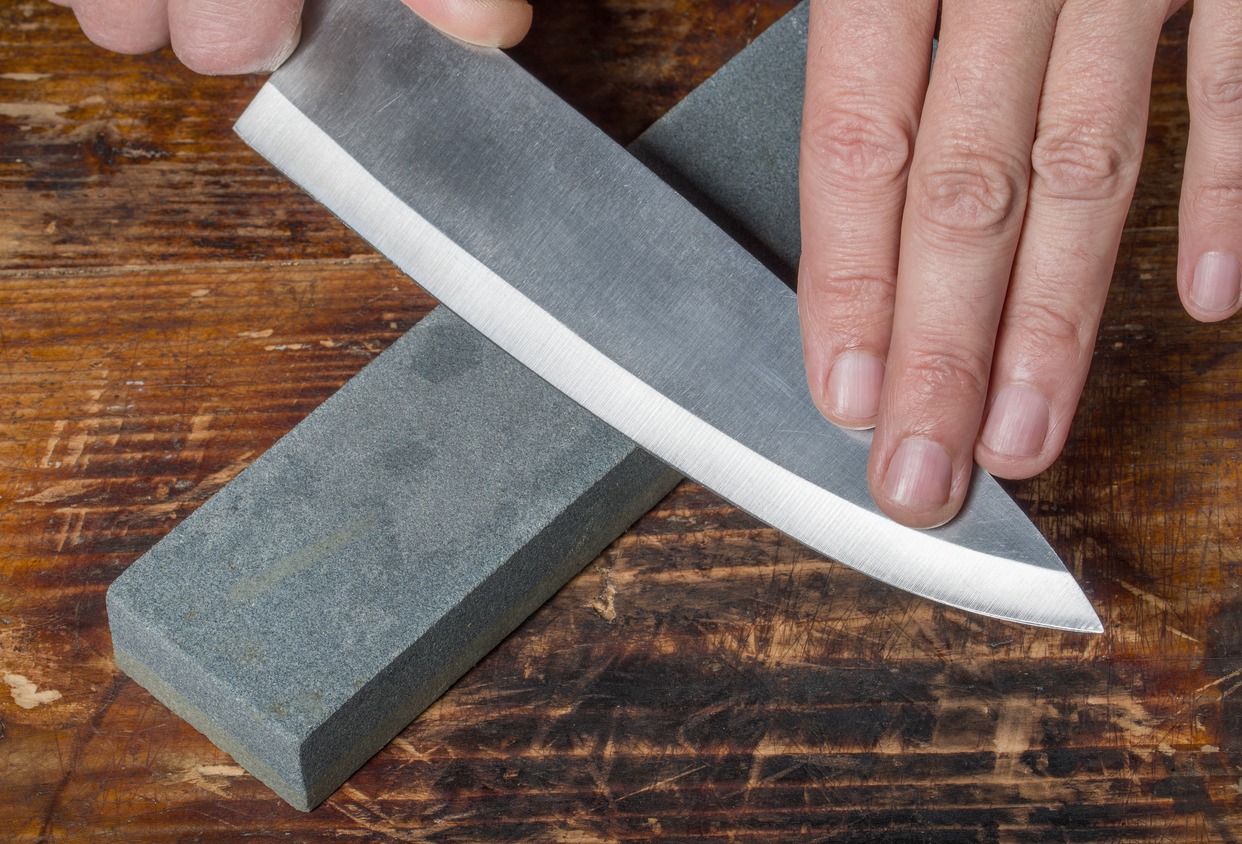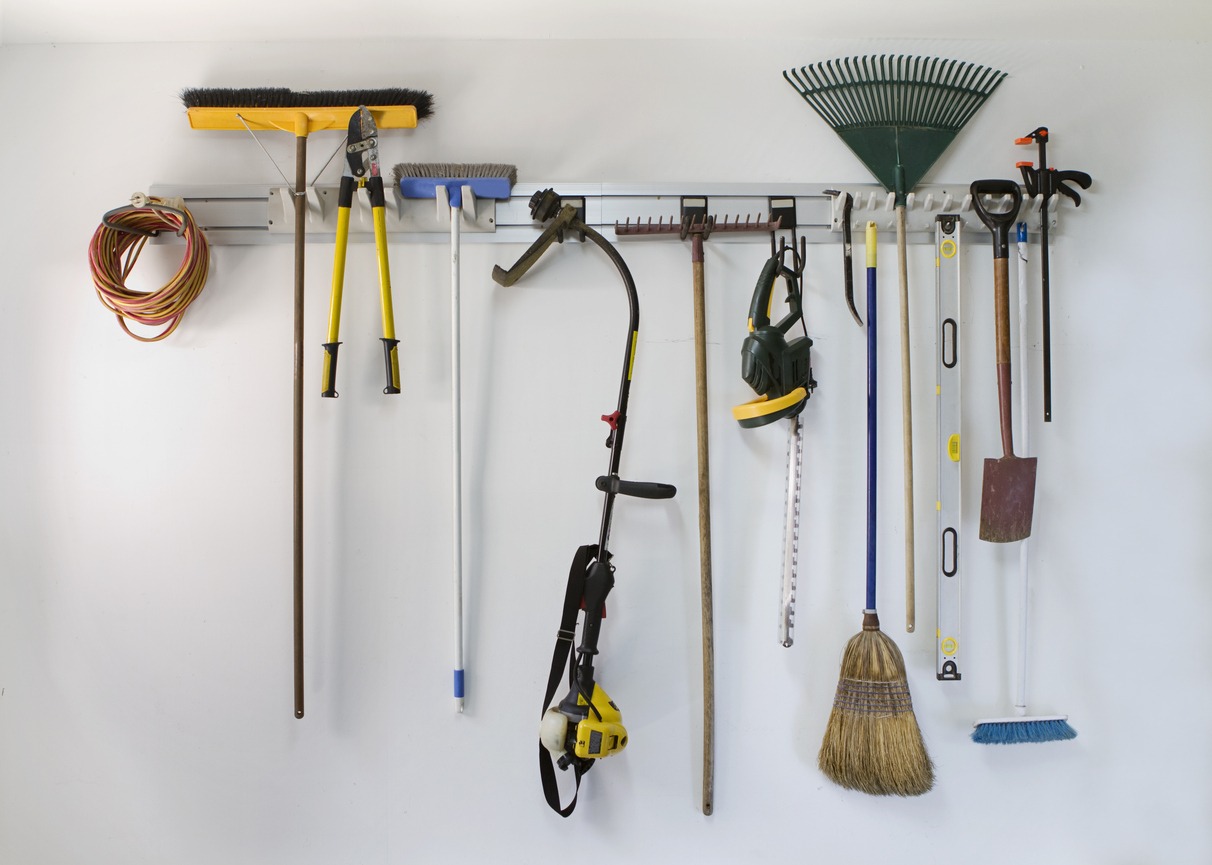Creative Ways to Recycle Food Waste on Your Homestead
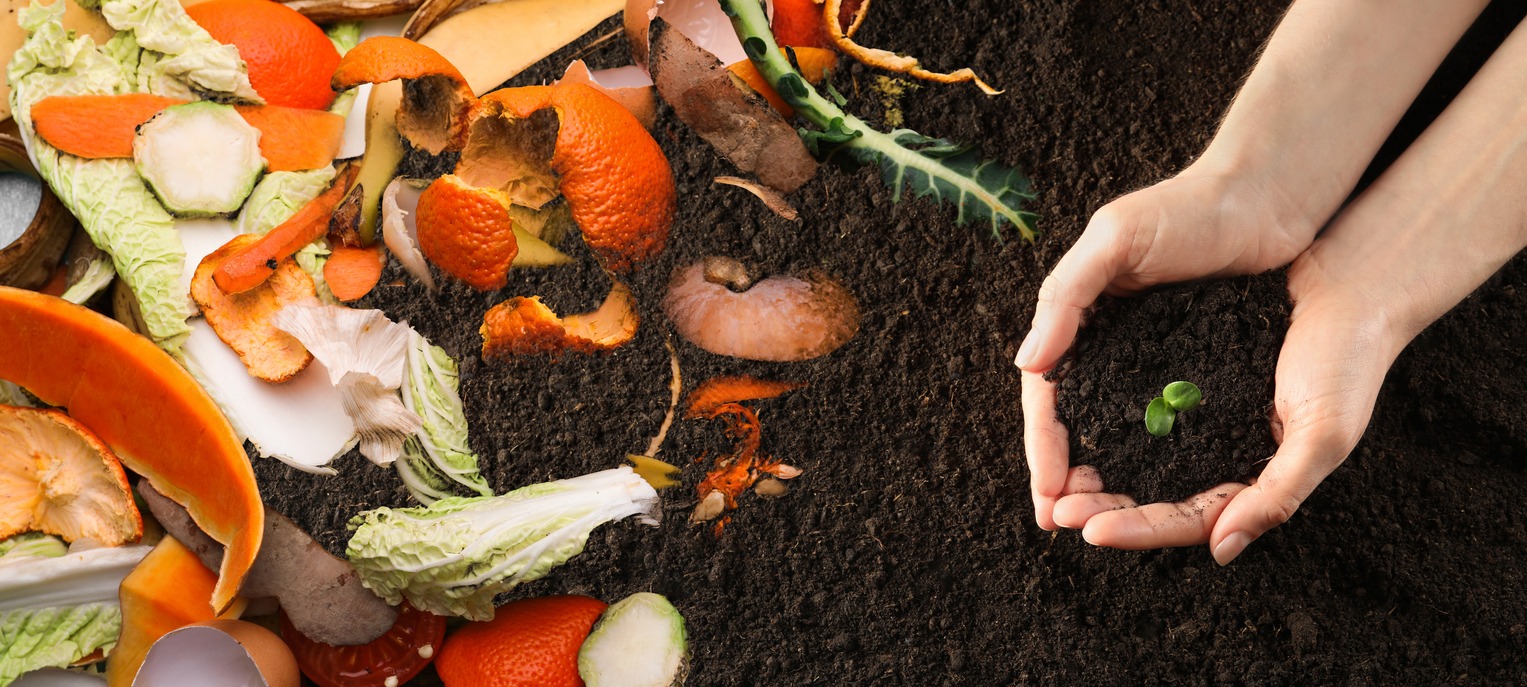
Food waste is a global issue with far-reaching consequences for the environment. Every year, millions of tons of food end up in landfills, releasing methane—a greenhouse gas far more potent than carbon dioxide. But for homesteaders, food waste isn’t waste at all—it’s an opportunity. By thinking creatively, you can recycle food scraps to benefit your garden, animals, home, and even your wallet.
In this article, we’ll explore practical, eco-friendly ways to recycle food waste on your homestead. Whether you’re new to sustainable living or looking to take your efforts to the next level, these tips will help you minimize waste and maximize resources.
1. Composting
Composting is the cornerstone of food waste recycling. It’s a natural process that transforms organic materials like fruit peels, coffee grounds, and even shredded paper into nutrient-rich compost. This "black gold" can be used to improve soil health, boost plant growth, and reduce your dependency on chemical fertilizers.
Methods of Composting
- Cold Composting: Ideal for beginners, cold composting involves simply piling up organic waste and letting it decompose over time. While it takes longer, it requires minimal effort and works well for homesteaders with limited time.
- Hot Composting: This method speeds up the composting process by maintaining high temperatures in the pile. It requires regular turning to keep oxygen levels high but produces usable compost in weeks instead of months.
- Vermicomposting: A great option for smaller spaces or indoor use, this method uses worms (like red wigglers) to break down food scraps into highly fertile worm castings. Vermicomposting is efficient and produces virtually odor-free results.
Tips for Successful Composting
- Maintain the Right Balance: A good compost pile needs a mix of “greens” (nitrogen-rich items like vegetable peels) and “browns” (carbon-rich materials like dry leaves or cardboard). Aim for a 2:1 ratio for the best results.
- Keep It Moist: Compost should feel like a wrung-out sponge. Too dry, and decomposition slows; too wet, and it can become smelly.
- Know What to Avoid: Avoid adding meat, dairy, and oily foods, as these can attract pests and create unpleasant odors.
- Troubleshooting: If your compost smells bad, add more “browns” and turn the pile to improve airflow. For piles that aren’t breaking down, add more “greens” and ensure it’s damp.
Composting doesn’t just reduce waste—it creates a self-sustaining cycle where yesterday’s scraps become tomorrow’s fertile soil. Whether you’re working with a small bin or a large outdoor system, composting is an essential practice for any homestead.
2. Feeding Animals with Food Scraps
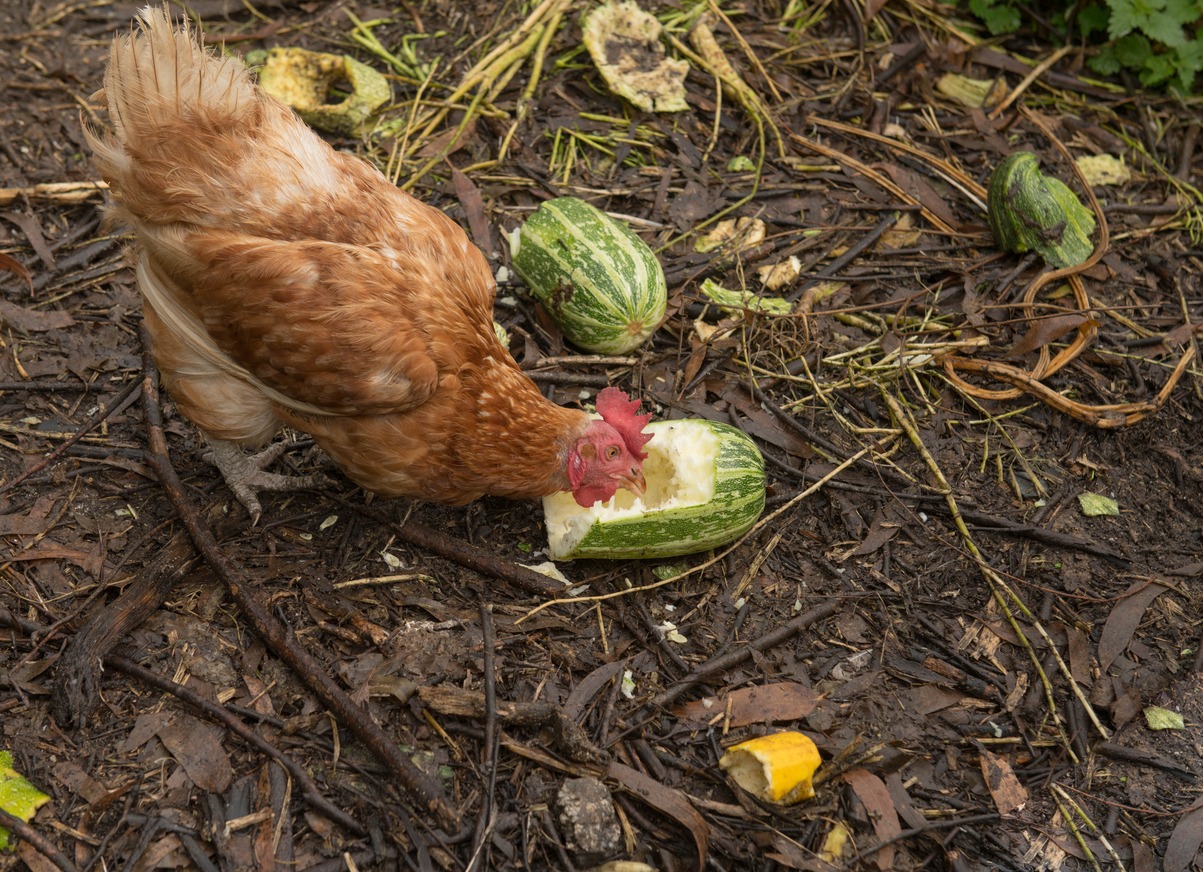
Your animals can play a crucial role in recycling food waste. Many common scraps can be safely fed to chickens, pigs, goats, and even some dogs. By incorporating this practice into your routine, you can significantly reduce waste while providing your animals with a natural, cost-effective source of nutrition.
How to Feed Animals Safely
- Introduce Slowly: If your animals aren’t used to eating scraps, introduce them gradually. Sudden dietary changes can upset their digestive systems.
- Avoid Toxic Foods: Some foods, like chocolate, avocado, onions, and moldy items, are harmful to animals. Always research which foods are safe for your specific livestock.
- Separate Unsuitable Scraps: Use a designated container to collect only safe scraps for your animals, keeping meat or spoiled items out of reach.
Examples of Scraps for Animals
- Chickens: These versatile eaters enjoy vegetable peels, stale bread, and even leftover rice. Eggshells can be crushed and fed back to them for a calcium boost, improving eggshell quality.
- Pigs: Pigs can handle a wide variety of scraps, including cooked vegetables and fruit peels. However, avoid giving them citrus or excessively salty foods, as these can harm their health.
- Dogs: For dogs, small amounts of plain vegetables, rice, or lean meat scraps can be added to their diets, but avoid onions, garlic, and fatty foods.
Feeding animals with scraps creates a closed-loop system where nothing is wasted. You’ll save money on feed, reduce landfill contributions, and provide your livestock with a varied, nutritious diet.
3. DIY Garden Fertilizers
Food scraps can be a gardener’s best friend. Many common kitchen leftovers contain essential nutrients that plants crave, making them an excellent alternative to store-bought fertilizers. By turning food waste into fertilizer, you’ll nourish your garden naturally while cutting down on costs.
Simple Fertilizer Ideas
- Eggshells: Rich in calcium, crushed eggshells help prevent blossom-end rot in tomatoes and peppers. Scatter them around plants or mix them into the soil.
- Coffee Grounds: These are a great source of nitrogen for acid-loving plants like azaleas, blueberries, and roses. They also improve soil texture and drainage.
- Banana Peels: Packed with potassium and phosphorus, banana peels can be chopped and buried near plants or soaked in water to create a liquid fertilizer.
- Vegetable Scrap Tea: Place vegetable scraps in a bucket of water, let it steep for a few days, and use the nutrient-rich liquid to water your plants.
Advanced Techniques
- Fermented Plant Juice (FPJ): Mix food scraps, such as fruit peels, with brown sugar to ferment them into a potent liquid fertilizer. Dilute before applying to plants.
- Mulching with Yard Waste: Combine food scraps with grass clippings and leaves to create mulch that retains moisture and adds nutrients as it breaks down.
By using these techniques, you’ll create a thriving garden that’s both eco-friendly and budget-conscious. Plus, your plants will thank you with bigger blooms and healthier harvests.
4. Eco-Friendly Cleaning Solutions
Food waste can do more than feed your garden and animals—it can also help you maintain a clean, chemical-free home. With a little creativity, common kitchen scraps can be turned into effective and affordable cleaning solutions.
DIY Cleaning Ideas
- Coffee Grounds Scrub: Perfect for scrubbing away tough grime on pots, pans, and stovetops. Coffee grounds also deodorize drains and trash bins.
- Citrus Vinegar Cleaner: Combine citrus peels with vinegar, let it sit for a few weeks, and you’ve got a powerful, all-natural cleaner that cuts through grease and kills germs.
- Eggshell Abrasive: Crush dried eggshells into a fine powder to create a gentle scouring powder for stubborn stains.
- Lemon Juice and Baking Soda: Mix these two to make a potent paste for cleaning countertops, sinks, and cutting boards.
Why It Works
These solutions are safe, non-toxic, and cost-effective. They not only reduce waste but also eliminate the need for harsh chemical cleaners, making them better for your family and the environment.
5. Culinary Repurposing
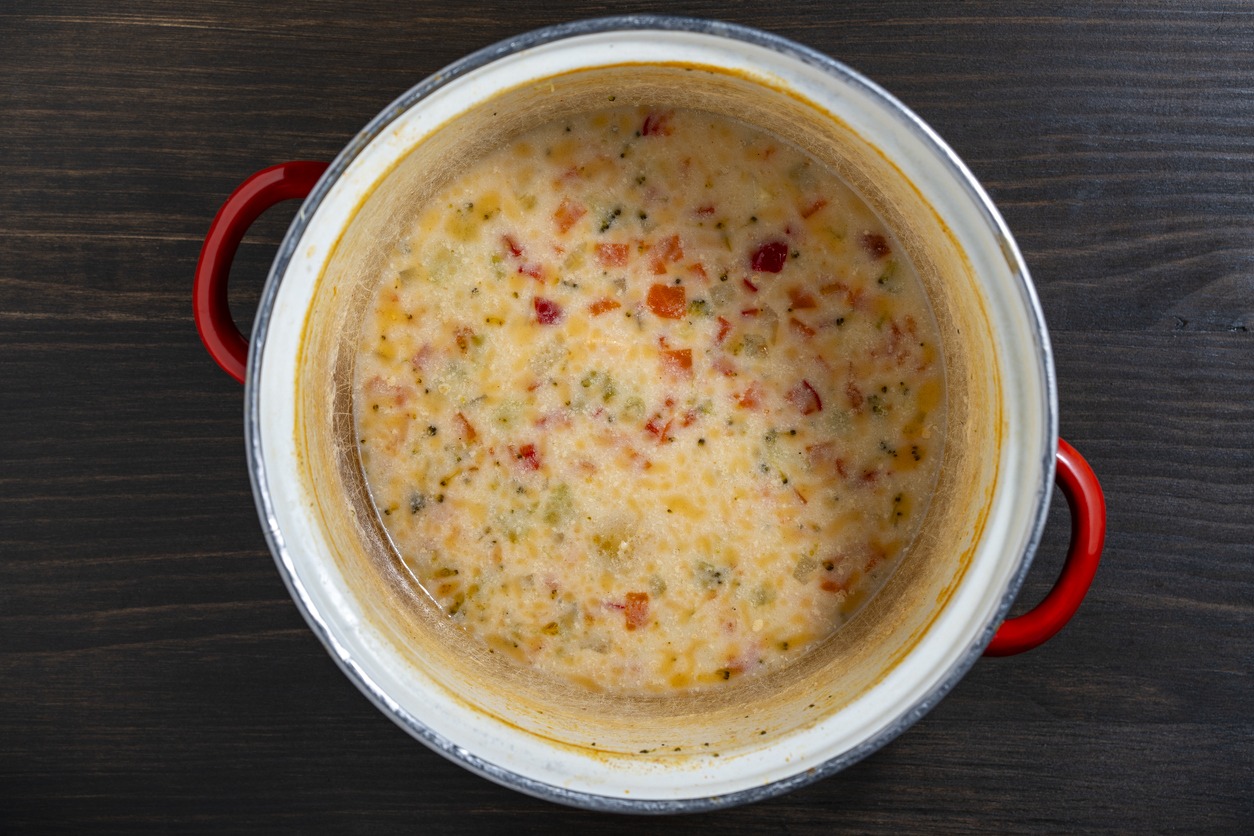
Before you toss those leftovers or imperfect produce, consider how they might be repurposed into something new and delicious. Culinary repurposing is a fun and creative way to minimize waste while experimenting in the kitchen.
Ideas for Repurposing Food Scraps
- Soups and Stews: Use leftover vegetables, meat trimmings, and even rice to create hearty, flavorful meals.
- Smoothies and Jams: Bruised fruits are perfect for blending into smoothies or cooking down into preserves. Add a little sugar, and no one will know they were seconds away from the trash.
- Citrus Zest: Grate citrus peels to add a burst of flavor to baked goods, marinades, or dressings.
- Bone Broth: Save bones, vegetable scraps, and herb stems to simmer into a rich, nutrient-dense broth.
Tips for Success
- Freezing Scraps: Store food scraps in the freezer until you’re ready to use them. This prevents spoilage and allows you to collect enough for larger projects.
- Dehydrating Peels: Dried fruit peels can be used for teas, spice blends, or even natural air fresheners.
With a little imagination, you’ll find endless ways to turn “waste” into something wonderful—and delicious.
Additional Innovative Ideas
If you’re ready to go beyond traditional methods, here are a few more advanced ways to recycle food waste:
- Biodigesters: Convert food scraps into biogas for cooking or heating while producing nutrient-rich fertilizer as a byproduct.
- Community Composting: Partner with neighbors or local organizations to share composting resources.
- Educational Workshops: Teach others how to recycle food waste and promote sustainable living.
- Apps and Tools: Use apps like OLIO or Too Good to Go to share excess food and reduce waste.
These ideas not only benefit your homestead but also inspire broader community involvement and awareness.
Challenges and Solutions
Even the most sustainable practices come with challenges. Here’s how to overcome common issues:
- Smelly Compost: Add more dry materials like leaves or shredded newspaper and ensure proper aeration.
- Pests: Keep compost bins covered and secure, and avoid adding meat or oily foods.
- Overfeeding Animals: Monitor the amount and variety of scraps to ensure a balanced diet.
With careful planning, you can avoid these pitfalls and keep your food recycling efforts running smoothly.
Conclusion
Food waste doesn’t have to be wasted. On your homestead, it can become a valuable resource—enriching your garden, feeding your animals, cleaning your home, and adding creativity to your kitchen. By adopting these practices, you’ll reduce landfill contributions, save money, and create a more sustainable lifestyle.
It’s time to see food waste for what it is: an opportunity. Start small by composting or repurposing scraps in the kitchen, and watch as your homestead thrives. Together, we can turn trash into treasure and take a meaningful step toward a greener future.



